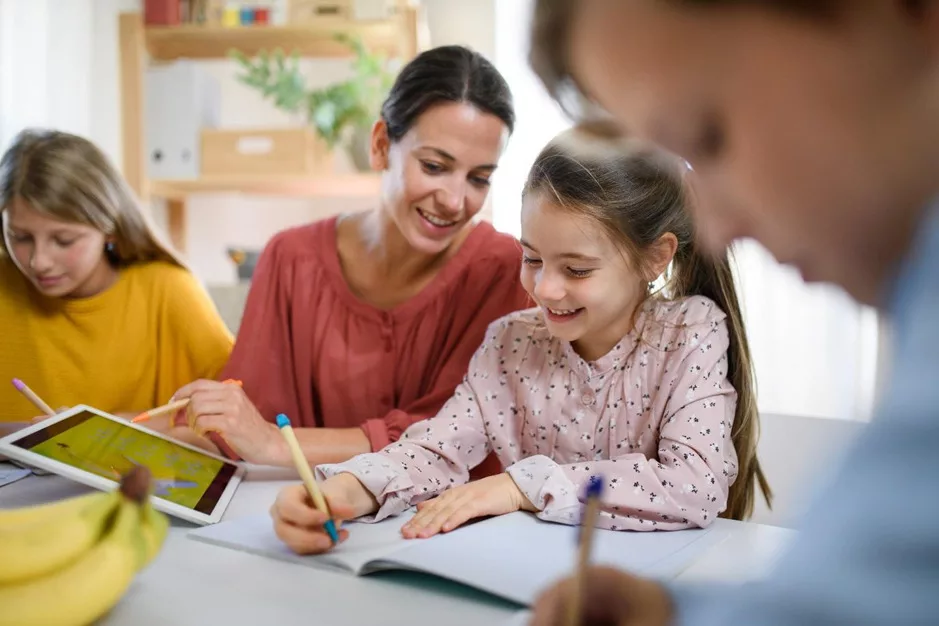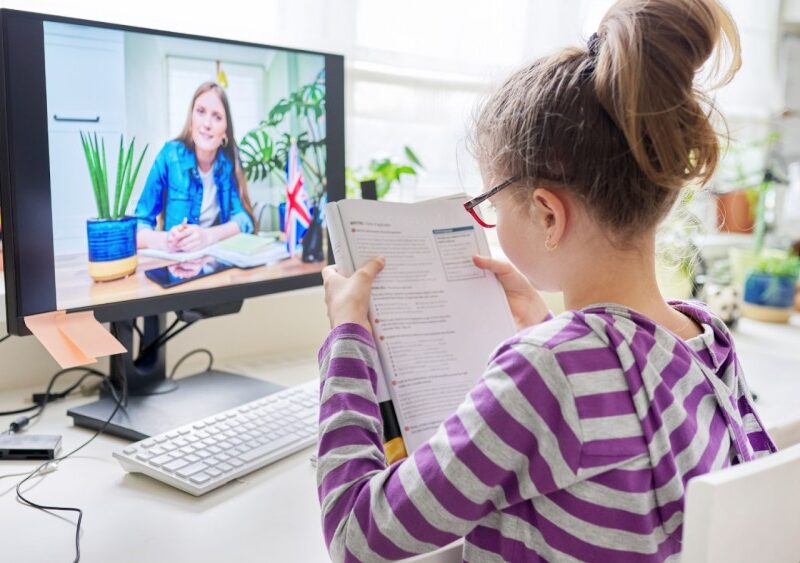Technology plays an important role in our lives today, and the use of technology in education is of particular importance for our tech-savvy students. If we are to retain their interest and enthusiasm for their studies, our educational methods need to be combined with the latest technological solutions to match the fast-paced, exciting world that our young students are growing up in.
Children are exposed to technology almost from birth, with television and mobile phones being a normal part of life in the average household. By the time they reach school-going age, they have a good understanding of how the various gadgets in their immediate surroundings work, and they seem to have an innate ability to absorb the intricacies of technology with ease. Teachers are therefore unlikely to meet with any resistance when introducing technology into the learning environment.
However, children with learning disabilities often require extra tuition to bring them up to speed with the use of technology. On a positive note, though, the various educational opportunities that have opened up through the use of technology are benefiting the lives of children who need that little bit of extra help.
Advances in technology have created scope for innovative and creative methods of teaching, from interactive online games to one-on-one mentorship or project-based assignments. Virtual reality technology takes students on a worldwide learning tour, while augmented reality enhances their education with three-dimensional diagrams and charts in full color. Feedback on progress is instantaneous, enabling work to continue at a pace that benefits teachers and students, and allows for efficient evaluation.
You may have been wondering, is an Ed.D. degree worth it? Being a leader in education today is both challenging and rewarding. A Rockhurst master’s degree may be used as a stepping stone toward obtaining an online doctorate in education and leadership, enhancing your career as a leader and innovator.
Personalized teaching plans
One of the most beneficial tools for teachers today is the ability to customize each child’s learning plan based on their strengths, capabilities and interests to enhance their study experience.
School counselors, teachers and parents may all get involved in formulating a student’s individual learning plan, and the use of technology in providing suitable and timely feedback facilitates their ability to provide support throughout the process. When students themselves are involved in the planning process, they tend to be more motivated and more likely to achieve success in their studies.
The process of creating a lesson plan also encourages students to spend time considering their future career options. Having a vision in mind of what they should be working toward makes studying that much easier.
Teachers, school counselors, students and parents build up a knowledge base of information consisting of previous achievements and grades, as well as interests. With the aid of artificial intelligence (AI), the personalized plan references the current knowledge base, calculates the level of knowledge possessed by the student, and creates a lesson plan that will provide them with the required information to achieve the next step in their studies. This will be in a format that is designed to enhance their learning experience and achieve the desired results.
This method saves time by eliminating material that the student is already familiar with, thus keeping them interested and engaged in the current content and more likely to retain the information learned.
Personalized learning enables students to work at their own pace, reducing pressure when they fall behind as it lets them catch up in their own time. It prevents feelings of inadequacy for the slower students while improving communication channels between students and teachers. Teachers can monitor students’ progress and intervene where they find it necessary.
With online learning and the analysis of results comes knowledge of how students fare with the different methods of learning. This enables teachers to focus on the more successful methods when drawing up their teaching plans.
Project-based education
Project-based tasks require students to work on their own or in teams, using critical thinking and analysis skills, while learning to do research and solve problems. In this scenario, students learn through practical experience rather than studying large amounts of notes. This method enhances students’ understanding of technology and research methods, and the use of the internet gives students confidence when linking with the outside world.
Children with learning disabilities, such as short attention spans, find it difficult to cope in a normal classroom. However, when they are required to work on their own to deliver a project, they are more focused on getting the job done and less likely to lose interest.
In this setting, teachers set project tasks that relate to the material required for graduation, while also meeting the needs of the student in terms of their capabilities. Close monitoring and intervention are also required during the process.
QR codes
QR codes are simple to create and add some fun and interest to the study process. Teachers can set up QR codes for use in various contexts. Students may scan a QR code to confirm the accuracy of their work, obtain the answer to a question, extend their scope of knowledge on a particular subject, get access to video tutorials, and perform Google Maps searches relevant to study material, with the occasional bit of fun thrown into the mix. It depends on the teacher as to how creative their QR codes become as they lead their students through a labyrinth of learning exercises.
Inquiry-based learning
Inquiry-based learning is an active learning method that aims to captivate students by posing questions or giving them a problem to solve. This encourages students to use critical thinking skills and hone their research and investigative skills. The subject of the investigation or inquiry is set by the teacher and should be closely related to a curriculum subject. The teacher should monitor the students’ progress to ensure that they stay within the boundaries of the subject while mentoring them on investigative skills and tools. Aside from the current research being conducted, the exercise doubles up as a lesson in using technology for learning and research.
Technology is here to stay
Technology offers so much opportunity for creative teaching. It encourages student interaction, and makes study interesting and memorable. Instant feedback and corrective interventions create an efficient learning environment that benefits students and teachers alike. As we move into the realm of AI, the prospects for future educators in the 21st century are both exciting and challenging – now is the perfect time to get involved.



